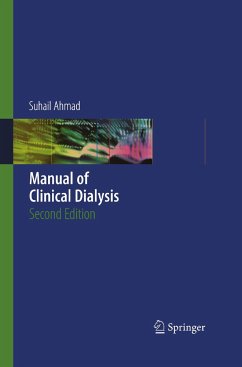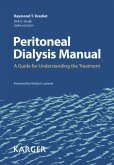Peritoneal dialysis represents an internal technique for blood purification. In this dialyzer the blood path, the membrane, and the dialysate compartment are provided by nature. The developments of chronic peritoneal catheters, auto mated cycling equipment, solution preparation by reversed osmosis, manipula tions of transport with drugs, and the experiences with continuous ambulatory peritoneal dialysis and continuous cycling peritoneal dialysis have increased the interest in peritoneal dialysis. Publications related to peritoneal dialysis exceed 400 annually. The Peritoneal Dialysis Bulletin represents a new journal devoted to peritoneal dialysis developments. The Third International Symposium on Peri toneal Dialysis is to be held in Washington, D.C. in 1984. From this meeting it is likely that an International Society for Peritoneal Dialysis will emerge. This book is meant to provide an overview of the state of the art of peritoneal dialysis. Many clinicians are making extensive commitments to peritoneal dialysis for the first time. Nephrologists, physiologists, pharmacologists, biomedical engineers, and even physicists are involved in studies to better understand peritoneal dialysis. The complexities of peritoneal dialysis and the peritoneal membrane are becoming apparent. Studies of peritoneal dialysis increase under standing of the anatomy and physiology of biological membranes and of factors influencing the passive movement of solutes across the microcirculation and related structures. Peritoneal dialysis provides a 'window' to the visceral micro circulation in animals and humans. Peritoneal dialysis may be useful to treat problems other than renal failure.
`The book fills a need for anyone who wishes ready access to most of the well documented literature to date in the areas of anatomy, physiology, pharmacology and history.'
Dialysis and Transplantation, 11:7 (1982)
`An indepth overview of Peritoneal Dialysis. Clinicians, basic scientists, and health care planners involved in peritoneal dialysis will find this a key reference.'
The Annals of Internal Medicine
Dialysis and Transplantation, 11:7 (1982)
`An indepth overview of Peritoneal Dialysis. Clinicians, basic scientists, and health care planners involved in peritoneal dialysis will find this a key reference.'
The Annals of Internal Medicine
`The book fills a need for anyone who wishes ready access to most of the well documented literature to date in the areas of anatomy, physiology, pharmacology and history.' Dialysis and Transplantation, 11:7 (1982) `An indepth overview of Peritoneal Dialysis. Clinicians, basic scientists, and health care planners involved in peritoneal dialysis will find this a key reference.' The Annals of Internal Medicine








